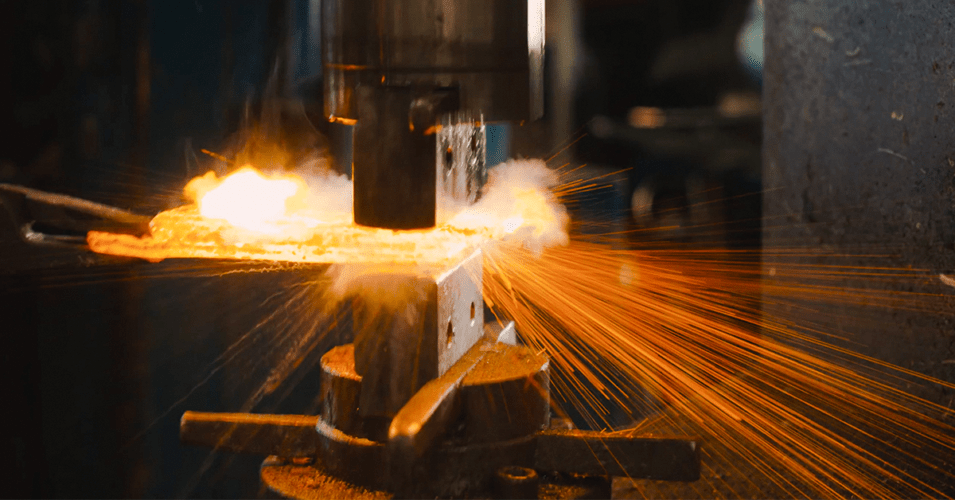Hot forging is a time-honored manufacturing process that has been used for centuries to create strong, durable, and precisely shaped metal components. Despite its long history and widespread use in various industries, there are still many myths and misconceptions surrounding hot forging. In this blog, we will delve into some of these misconceptions and set the record straight, shedding light on the true capabilities and advantages of hot forging.
Myth 1: Hot Forging Is Outdated
One common misconception is that hot forging is an outdated or obsolete technology. Some may believe that newer manufacturing processes like 3D printing or CNC machining have replaced hot forging. However, this is far from the truth. Hot forging remains a vital and widely used manufacturing method, especially for creating high-strength components.
Hot forging offers unique benefits, such as excellent material properties, high production efficiency, and the ability to work with a wide range of materials, including steel, aluminum, and titanium. It is a versatile process that is still very much in use across industries such as automotive, aerospace, construction, and more.
Myth 2: Hot Forging Is Limited to Simple Shapes
Another misconception is that hot forging can only produce simple, basic shapes. In reality, hot forging can create intricate and complex geometries with remarkable precision. The process involves heating a metal billet to a specific temperature, making it more malleable, and then applying pressure to shape it using dies or molds.
This versatility allows manufacturers to produce a wide range of parts, from simple bolts and fasteners to complex aerospace components like turbine blades and landing gear. Hot forging’s ability to achieve intricate shapes makes it an invaluable tool for industries that require precision engineering.
Myth 3: Hot Forging Is Not Environmentally Friendly
Some people believe that hot forging is an environmentally unfriendly process due to its energy-intensive nature and the heat required for metal shaping. However, this myth overlooks the fact that hot forging offers significant sustainability advantages when compared to alternative methods.
Hot forging generates minimal material waste since the process uses nearly all of the starting material, resulting in less scrap. Additionally, the high strength and durability of hot-forged parts often lead to longer product lifecycles, reducing the need for frequent replacements. Furthermore, advancements in energy-efficient forging technologies and the use of recycled materials have improved the process’s environmental footprint over the years.
Myth 4: Hot Forging Is Slow and Inefficient
Some individuals believe that hot forging is a slow and inefficient process. While it is true that heating the metal to a specific temperature can take time, hot forging offers several advantages that counteract this perception.
First, hot forging can achieve net-shape or near-net-shape parts, reducing the need for extensive post-forging machining, which can save time and resources. Second, once the metal is at the proper temperature, the actual forging process is quick, often taking only a few seconds or minutes to shape a part. Lastly, hot forging allows for high-volume production, making it a highly efficient process for mass-producing components.
Myth 5: Hot Forging Is Not Suitable for Small Production Runs
It is a common belief that hot forging is only cost-effective for large production runs. While hot forging is indeed well-suited for high-volume manufacturing, it can also be a viable option for small production runs when precision and strength are paramount.
In some cases, hot forging can be more cost-effective than other manufacturing methods, even for small quantities, due to its ability to produce high-quality, durable parts with minimal waste. Additionally, advancements in computer-aided design and simulation tools have made it easier to optimize the hot forging process for small-batch production, further dispelling this myth.
In conclusion, hot forging is a versatile and relevant manufacturing process that continues to play a crucial role in various industries. By debunking these common myths and misconceptions, we can appreciate the true capabilities and benefits of hot forging. It remains a valuable tool for creating strong, precise, and environmentally friendly metal components, regardless of the shape or size of the production run.

